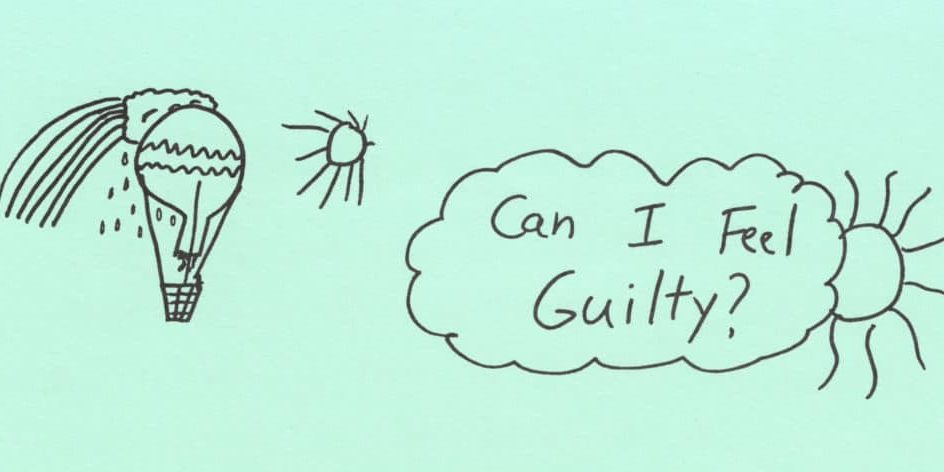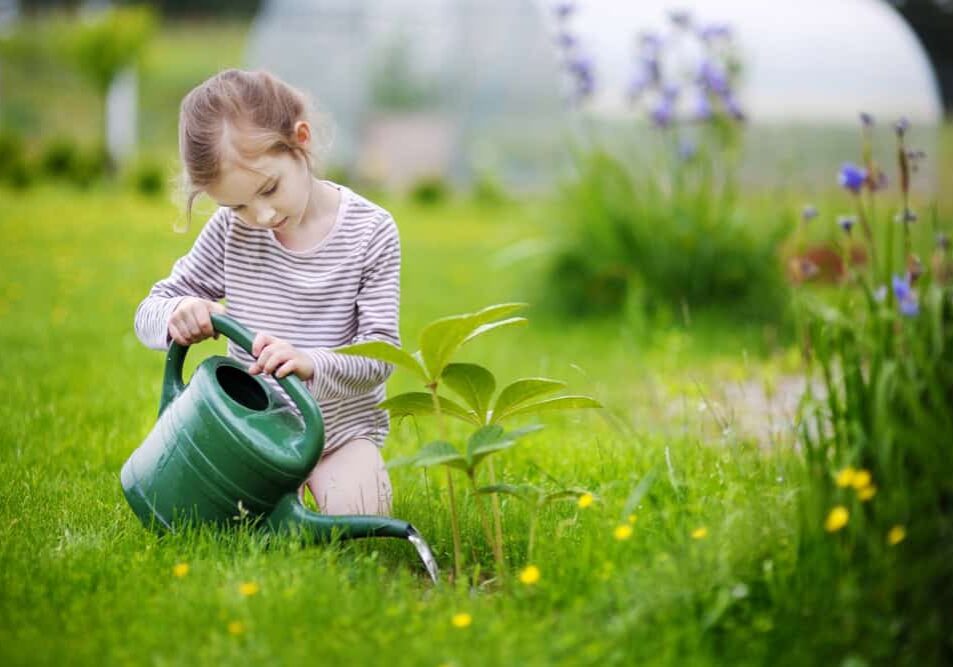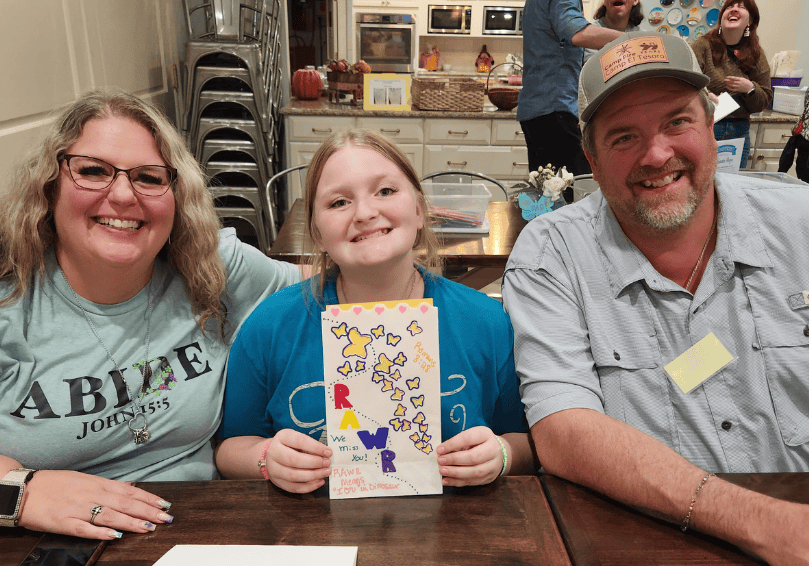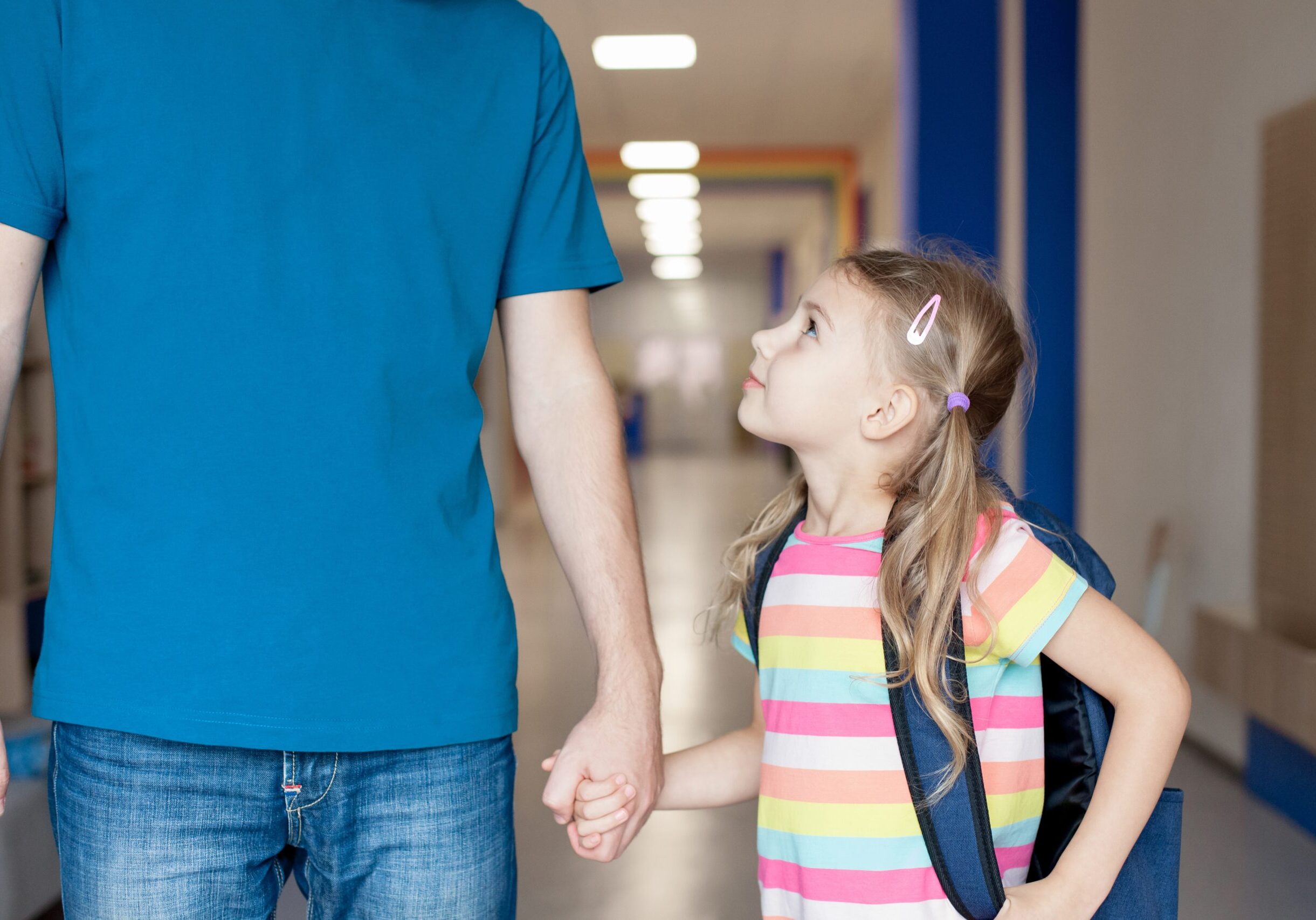Guilt is a common emotion when it comes to grief. We often see this feeling surface in our group discussions at The WARM Place – with both adults and children. One of the activities we use to talk about grief in our children’s groups is called “Shoulda, Woulda, Coulda.” The activity starts with a reading called, “Can I feel Guilty?,” an excerpt from “Love, Mark – A Journey Through Grief.” After reading this passage, we ask children if they can relate to those same feelings, and often children express that they do experience feelings of guilt right after the death. Sometimes these feelings linger long after their loved one has died though, especially when these types of feelings are not discussed at home. Children may fear that projecting these feelings might upset other family members or accidentally cause their families to feel the same tough emotions that they are currently feeling themselves. Another fear children might have is that their feelings of guilt might not be validated.
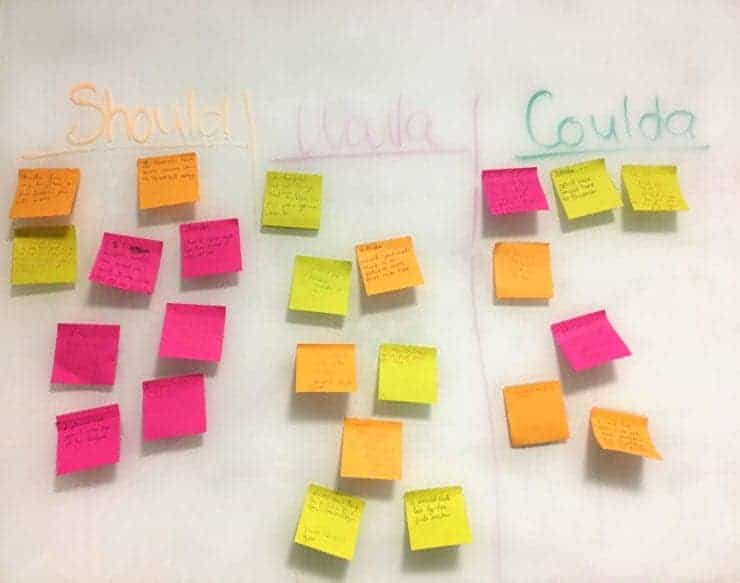
One of the first steps to freeing ourselves from guilt or regrets is talking about and acknowledging them. To allow children to express their feelings of guilt without pressure, they are asked to anonymously write on sticky notes – a ‘shoulda’, a ‘woulda’, and a ‘coulda.’ When all of the responses are placed on a board, children can see the similarities among peers in their group. This helps to validate their feelings; for example, “Someone else ‘woulda’ told their loved one that they loved them more, too.” These similarities communicate – “I am not alone” and “What I am feeling is normal.”
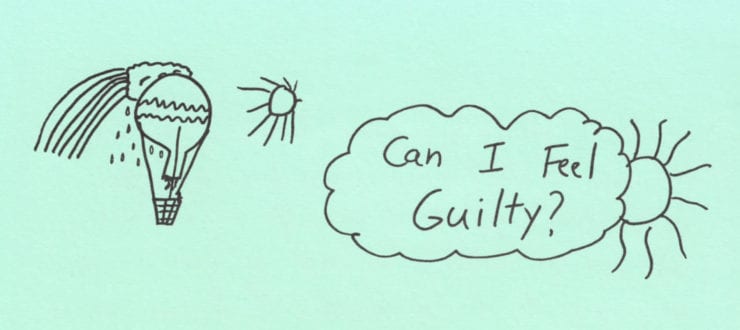
One of the most powerful things you can do for someone is to validate the way they are feeling. To not validate feelings, is to say “you are not understood.” No, we do not want children to feel guilty, but we have to recognize that their feelings are real to them. Even if we have contradictory perspectives, such as “of course, grandma loved you” or “it was not your fault,” we have to let them know that the way they feel is legitimate. The emotions of guilt need to be worked through the child’s grief journey at his/her own pace. For more information on ways to validate feelings, read Dr. Jamie Long’s, “The Power of Invalidation: 5 Things Not to Say.”
While a lot of the grief work related to guilt is centric to discussing the past, children need to know that there are positive ways to alleviate some of the guilt they presently feel. While we can’t change the past, we can take certain actions now that might help us eventually find that much-needed forgiveness for ourselves. An example of this might be to say “I love you” more to friends and family who are alive today.
Guilt can be a tough emotion to talk or think about, especially when it pertains to children’s grief. The thought of a child thinking that the death of their mom, dad, sibling, or grandparent was their fault is just absolutely heartbreaking. That’s why it’s important to provide an outlet at home and at The WARM Place for children to discuss these types of difficult emotions. For more resources on talking to children about grief, please visit our resources page.
